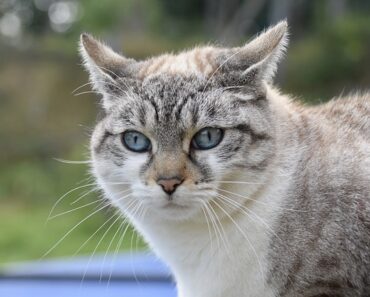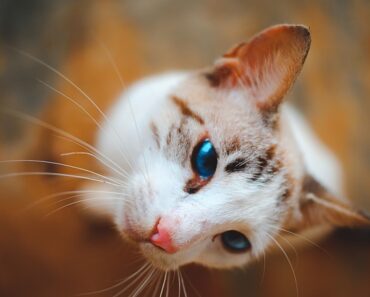For the happiness of your cat, it is essential to enrich its environment by offering products essential to its well-being and health, which is even more important if your cat does not have access to the outdoors.
Of course, this includes food, litter, comfortable bedding, a play area, but also the possibility to scratch. To replace or combine with a cat tree, the scratching post is an essential accessory for your cat… and the tranquility of your furniture!

What is the purpose of a scratching post?
First of all, for cats, scratching is a natural need: it allows them to wear out their claws, but also to mark their territory.
Unlike the outdoor cat, the indoor cat’s lifestyle does not allow it to naturally wear out its claws in contact with hard surfaces. Also, having sharp claws is not vital to him, unlike the outdoor cat who climbs, hunts or must defend himself in case of aggression or to protect his territory.
A cat that does not have access to the outdoors must therefore scratch what is available to it in order to file its claws, but also to help renew them. Approximately once a month, claw residues fall off, leaving room for a new, sharp claw; it’s a natural cycle.
Regarding the marking of the territory, it is a question of pheromones and lacerations. While scratching, the cat releases pheromones from glands located between the pads. These olfactory and visual signals are the preferred means of communication between cats. There are several types of pheromones released by different parts of the body to transmit a specific message: danger, well-being, attachment, territory…
Scratching indicates to other cats via the smell of pheromones and by visible lacerations that this territory already belongs to one of them.
Scratching is a necessity for an indoor cat, so don’t be surprised if he goes after your couch, curtains or upholstery. If you notice this in your cat, you should know that it’s not necessary, or even advisable, to scold him. On the contrary, since scratching is natural for him, preventing him from satisfying this need can cause him great stress.
This is where a scratching post comes in handy, not to prevent, but to redirect scratching away from your furniture and allow your cat to use his claws on an appropriate surface.
However, sometimes scratching is associated with a behavioral problem, especially when it is numerous and scattered in different places near doors and windows in your home.
Which scratching post is right for my cat?
To make the right choice, it’s important to know your cat and its behaviour when it scratches. Observing your cat’s behavior will help you make your choice regarding the model and the material to choose.
As a general rule, cats tend to prefer horizontal scratching posts which, similar to a tree trunk, allow them to stand up and stretch while scratching. These scratching posts can be simple or more sophisticated, like the scratching tower.
This product is a good compromise between a cat tree and a scratching post. Most or all of the tower is covered with a material designed to be scratched. The tower also has an internal structure that allows the cat to climb up and rest at the top if it wishes.
If your cat has a tendency to scratch your wallpaper, there are wall scratcher to fix at the place of the scratches. Likewise, there are corner scratching posts that can be attached to furniture or sofas.
For felines that like to scratch carpets or for an older cat, choose a scratching mat or a horizontal scratching post.
In all cases, the scratching post(s) should be placed near the scratching area.
Despite your purchase, you notice that your cat does not use its scratching post? There are a few tricks you can use to encourage your cat to go there:
- You can use catnip to draw your cat’s attention to his new accessory and invite him to use it.
- Set an example by putting his paw on his scratching post. Putting his scent on the scratching post will help him go to the object more easily in the future.
- Use Feliscratch on the scratching post. This blue product made of synthetic pheromones and catnip attracts the cat by its smell and its visibility. It reproduces the pheromones released by the cat when scratching to indicate the place to scratch.






